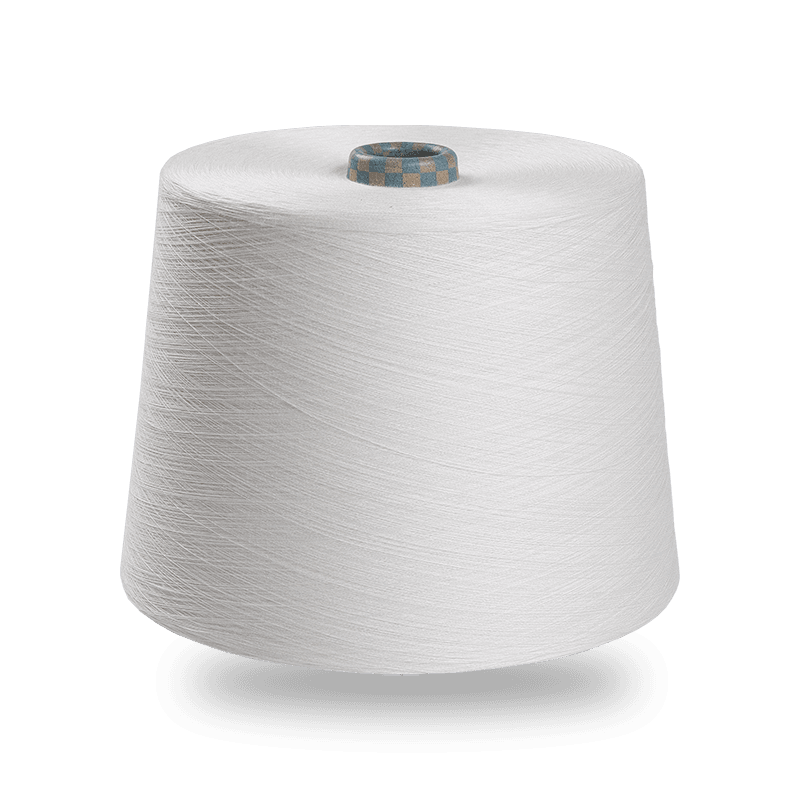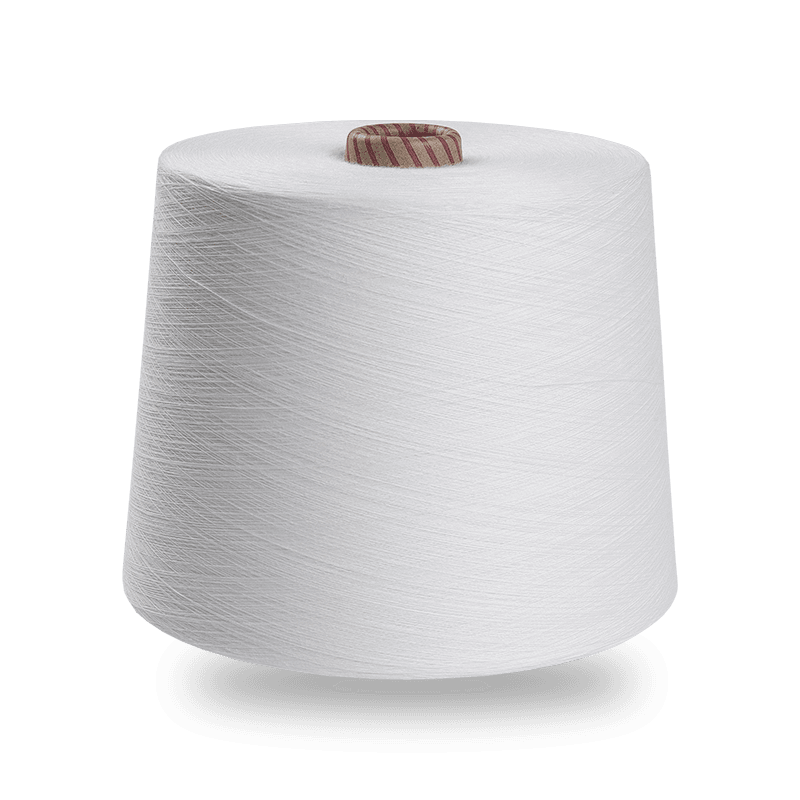Nylon is a fiber made from polyamide as raw material by melt spinning and post-processing. Polyamide is made by polymerizing monomer caprolactam or monomer nylon 66 salt through polymerization and polycondensation. Nylon has a dull luster, the surface feels like a layer of wax, and the color is not bright. The hand feels stiff, and the fabric is loosened after being squeezed tightly. There are creases and can slowly return to its original shape. The warp and weft yarns have high fastness.
Nylon has a wide range of applications and can be divided into three parts: civil silk, decorative silk, and industrial silk.
1. Civil silk ----Because nylon has good elasticity, strength, wear resistance, easy to dye and other properties, it is widely used in clothing, socks, bedding, bags, bags, umbrellas, ropes and other items. In this field, nylon 6 accounts for about 70%, and nylon 66 accounts for about 30%. Because nylon 66 has high strength and high wear resistance, it is better than nylon 6 in the production of luggage, carpets, ropes, bags, umbrellas and other items.
2. Decorative silk-nylon is mainly used for curtain cloth, furniture decoration and carpets. Because nylon bulky yarn has three-dimensional crimping characteristics, it has good resilience and bulkiness, good lodging resistance, and good dyeability. Fiber can also be made into flame retardant, antistatic, antibacterial and other materials. Processed tufted carpets are more beautiful, thick, plump, and comfortable to the feet, comparable to pure wool carpets, but polypropylene carpets cannot be compared with it.
3. Industrial yarns-nylon is mainly used for tire cords, conveyor belts, safety belts, blankets for papermaking, industrial blankets, fishing nets, ropes, etc.
Nylon is easy to deform under external force, so its fabric is easy to wrinkle during wearing, and the fabric is not stiff. Therefore, nylon is often blended or interwoven with other fibers to improve the strength and fastness of the fabric. Nylon fiber fabrics can be divided into three categories: pure spinning, blended spinning and interwoven fabrics, and each category contains many varieties. Nylon fabric has good abrasion resistance and is light and thin, so it is an ideal choice for sportswear, swimwear, fitness clothing, down jackets, and mountaineering clothing materials.


 English
English 中文简体
中文简体 Español
Español عربى
عربى











